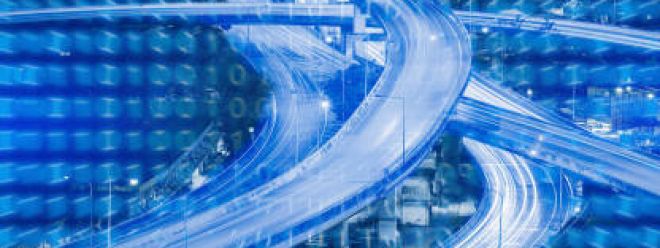Five Reasons to Choose Fiber Optic Cable

Five Reasons to Choose Fiber Optic Cable

While fiber optic cables and copper cables both carry data, they do so in very different ways. Copper carries electrical impulses along its metal strands. Optical fibers, on the other hand, transmit pulses of light along flexible glass wires. This difference often equates to fiber optics being the best solution for new or upgraded networks and thus worth the more upfront investment.
5 reasons to choose fiber optic cables:
1. Fiber transmission speed is faster
The standard way to measure data transfer rate is by bandwidth. Today, it is measured in gigabits per second (Gbps) or even terabits per second (Tbps).
Copper-based transmission currently tops out at 40 Gbps, while fiber optics can move data at nearly the speed of light. In fact, the bandwidth limitations imposed on fiber optics are mostly theoretical, but tested and measured in the hundreds of terabits per second.
2. Optical fiber transmission can cover longer distances
Both copper and fiber-based signals attenuate or weaken the waveform signal over distance. However, fiber optic cables can transmit data over longer distances. In fact, the difference is huge.
According to regulatory standards, the length of copper cables is limited to 100 meters (about 330 feet). Long-distance transmission is theoretically possible, but could pose other problems that prevent copper from being a reliable method of transmission over longer distances. Depending on the signal and cable type, fiber optic cables can travel far over 24 miles!
3. Optical fiber cables are free from electromagnetic interference (EMI)
By their very nature, electrical signals in copper network connections create interference fields around the cables. When there are multiple cables in close proximity to each other, this interference can filter into nearby cables, preventing desired message delivery. This is called crosstalk and can force message retransmissions, which can be costly and even pose a security risk.
Light transmission in fiber does not generate any electromagnetic interference (EMI), so fiber is safer and requires fewer retransmissions, ultimately resulting in a higher return on investment.
4. Save space and enhance cable management
Fiber bundles are very narrow. In fact, it is measured in microns, or millionths of a meter. The most common bundles of fiber optics are the same diameter as a human hair. However, as you can see, it can transmit an astonishing amount of data at higher speeds over greater distances than narrower copper wires. Fiber optic cables do require a protective jacket, which "thickens" the width of the fiber optic cable to at least two millimeters.
A single standard Category 6 copper cable is about four times that wide and carries a small fraction of the data. When using fiber optics, it takes up much less space and is more flexible, making it easier to manage.
This reduction in cable size has additional benefits: the freed up space allows for better circulation of data center cooling air, makes it easier to access plugged-in equipment, and generally looks better.
5. Optical fiber is future-oriented
Every year the amount of data we consume increases and so does the bandwidth requirement. Investing in modern fiber optic cabling infrastructure will allow the network to operate at future speeds without the need to replace cables.
In structured environments, a solid multi-fiber backbone can last for years, if not decades, and may continue to support ever-increasing bandwidth demands. Copper category specifications, on the other hand, have an average lifetime of a little over 5 years.
Also keep in mind that technologies and devices that use cables, such as switches, signal optics, servers, etc., generally decrease in cost over time. So higher-end connectivity could become more affordable in the future.
All in all, fiber optic cables deliver higher ROI through their faster speeds, greater durability, clearer signals, and smaller physical footprints. And copper cable has its application, which will help reduce the upfront cost. A combined approach with an eye on future growth will be better suited to market needs.